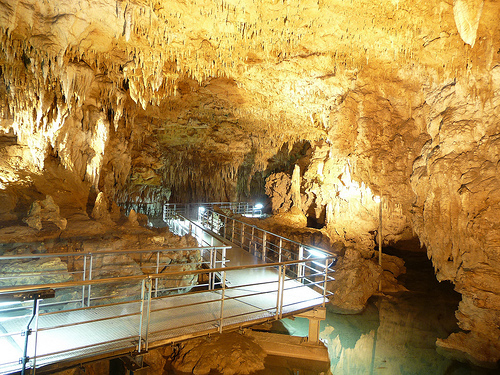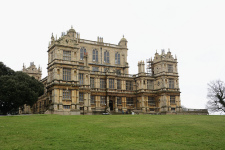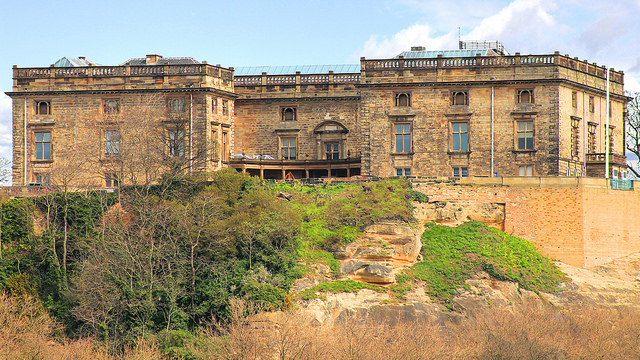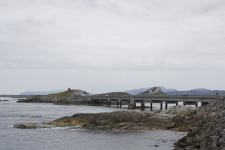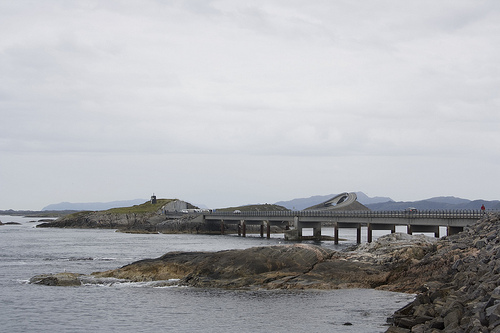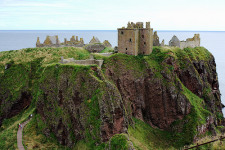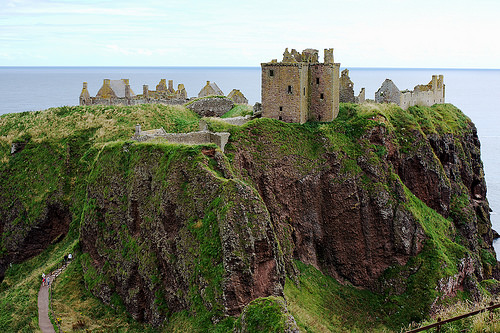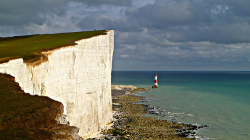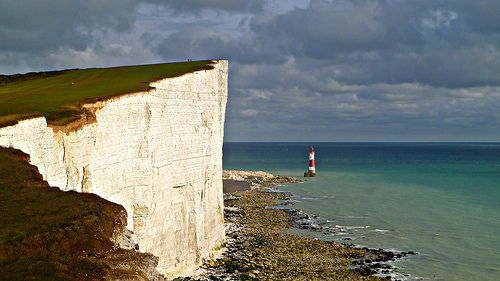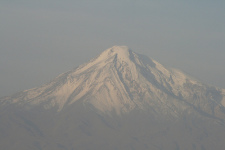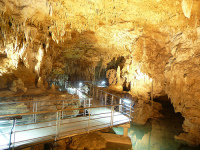
Gyokusendo Cave is bright, beautiful and peaceful.
- Gyokusendo Cave is a large underground cave and water body located underneath the city of Nanjo, located in the southern part of the island of Okinawa, Japan in Asia.
- ‘Gyokusendo Cave’ is also known as ‘Illuminated Cave’, and it is part of the above ground amusement park Okinawa World.
- Gyokusendo Cave contains more than a million fragile stalactites that can fall from the ceiling as a response to loud noises that cause vibrations.
- Gyokusendo Cave is full of moisture, with pleasant air movement, and it has temperatures typically averaging 21°C (70°F).
- Gyokusendo Cave is lit with numerous multicoloured lights, ranging from yellow, blue and green, among others, to enhance the cave’s natural beauty.
Gyokusendo Cave
Image courtesy of SteFou!/Flickr
- Although the cave is approximately 5 km (3.1 miles) long, only 890 metres (973 yards) of Gyokusendo Cave can be accessed by the public, and ramps and man-made paths lead visitors through.
- Gyokusendo Cave was first made known to the public in 1967, when it was discovered by a group from a Japanese university, although it is believed that locals to the area already knew of its existence.
- Water flow thousands of years ago is the most likely cause of the Gyokusendo Cave, that is made primarily of limestone, while a river can be seen in the cave, as well as small waterfalls.
- Gyokusendo Cave is the home to much wildlife including fish, bats, insects and reptiles, many of which are on display in the cave.
- Gyokusendo Cave is a very popular tourist attraction, while access requires an entry fee, and the cave system is the second largest in Japan.
Bibliography:
Going Down in Okinawa, Japan, 2010, Go Backpacking, http://gobackpacking.com/gyokusendo-cave-okinawa-japan/
Illuminated Caves – Okinawa, Japan, 2014, Planet Den, http://planetden.com/architecture/illuminated-caves-okinawajapan
Top 10 Places to See Before You Die, n.d, Funzim, http://funzim.com/top-10-places-to-see-before-you-die/6/






